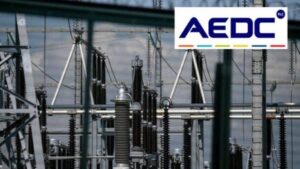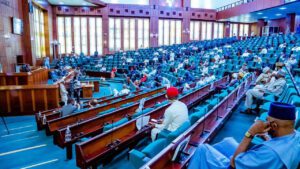OPEC to maintain 400,000bpd in new deal
Indications have emerged that the Organization of Petroleum Exporting Countries (OPEC) and allies are most likely to sustain the existing deal to add 400,000 barrels per day (bpd) to its output for November.
A number of sources laid claim to this position despite oil hitting a three-year high above $80 a barrel amid increasingly strong demand.
Earlier, OPEC and allies had agreed in July to jack up production by 400,000 bpd each month to phase out 5.8 million bpd in cuts though it also agreed to assess the deal in December.
OPEC+, which have held regular meetings, agreed in September to continue with its existing plans for an October output rise.
The OPEC+ Joint Technical Committee (JTC) meets on Wednesday to review the market and present findings to ministers.
The sources said OPEC+ ministers, who meet online on Monday, would consider the JTC’s findings before making a final decision.
On Tuesday, Brent oil rose to a three-year high above $80 a barrel.
This surge is further contributed largely by the unplanned outages in the United States and a strong demand recovery after the pandemic hammering. Prices were trading just below $80 on Wednesday.
The White House, which in August raised concerns about high prices, said on Tuesday it was in communication with OPEC and looking at how to address the cost of oil.
India, the world’s third-biggest oil importer and consumer, signalled on Tuesday that a spike in crude prices would speed up the transition to alternative energy sources.
Energy ministers from OPEC members Iraq, Nigeria and the United Arab Emirates said in recent weeks the group saw no need to take extraordinary measures to change the existing agreement.
The JTC’s agenda includes compliance with existing cuts, which stood at 116% in August, meaning the group is cutting more than planned, with several members facing domestic constraints on increasing output. This points to a tighter oil market.
OPEC members Nigeria and Angola, major African oil exporters, will struggle to boost production to their OPEC+ quota levels until at least next year because of underinvestment and maintenance issues, sources said.
This means any major output increase by the group would have to rely on producers with spare capacity, such as Saudi Arabia and the United Arab Emirates.
Barclays said the demand recovery would outpace OPEC+ moves to taper its curbs “due partly to limited capacity of some producers in the group to ramp up output, which is likely to drive the inventory cushion to the lowest level in decades”.




